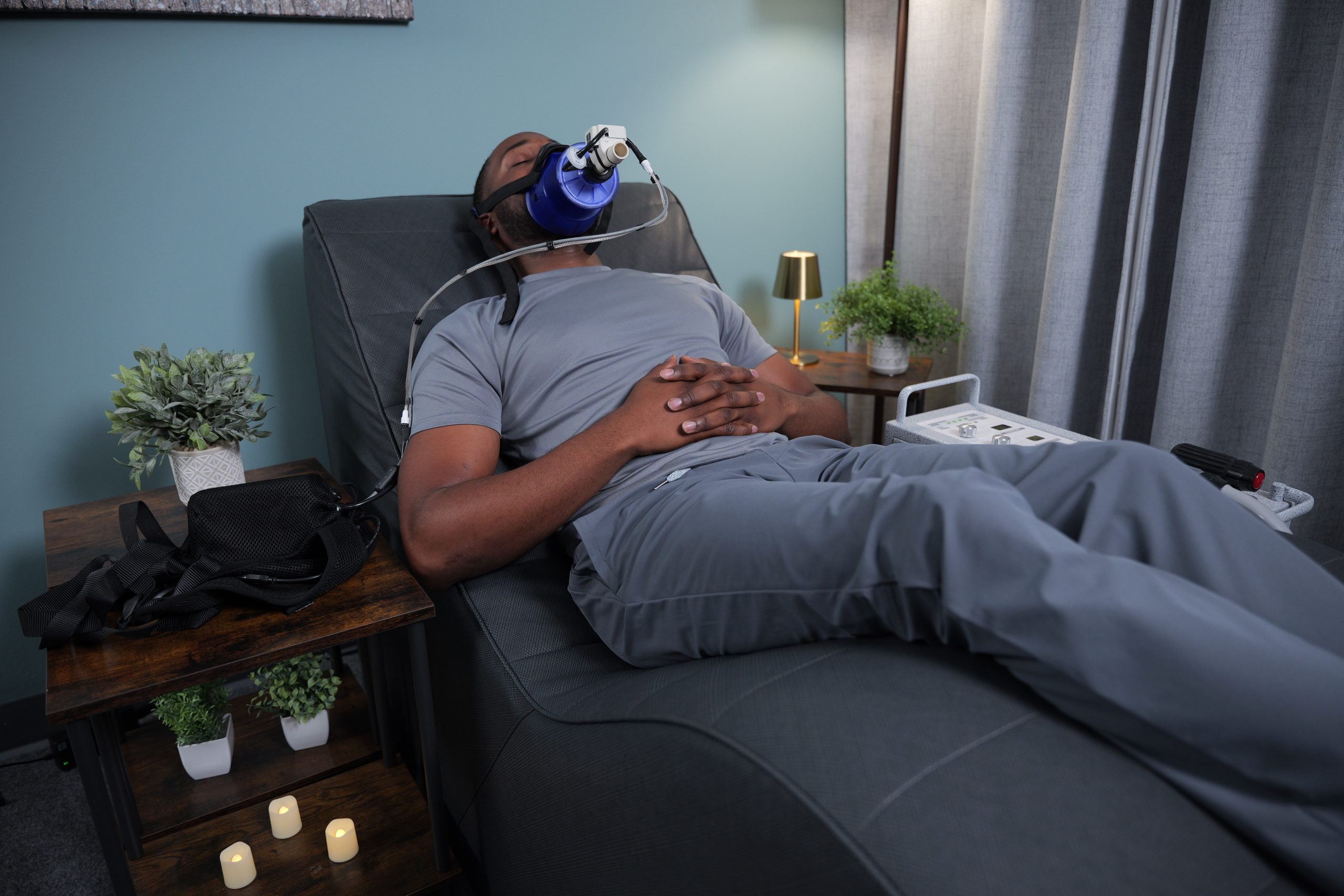If you’ve ever taken a basic biological science course, you probably learned about homeostasis. It’s the self-regulating process by which an organism maintains stability while adjusting to conditions that are best for its survival. Since PEMF interacts at the cellular level, it makes sense to explore how it may support homeostasis within the body.
From maintaining internal body temperature to responding to injury, insult, and recovery, homeostasis is crucial. Experts characterize it as one of the most evolutionary advantages inherited by humans (Billman). In 1865, French Physiologist Claude Bernard described the complex dance of homeostatic mechanisms as necessary for a “free and independent life.”
Support For Support
When faced with environmental stimuli, negative and positive feedback loops keep systems functioning at their ideal level in homeostatic conditions. Two textbook examples of these feedback loops are restoring normal internal body temperature and blood sugar regulation. Whether the changes are benign or life-threatening, the body works to regulate itself.
With the technological advances of today, scientists can observe the intricacy of homeostatic mechanisms on cellular, molecular, and ionic levels. Researchers of aging show continual interest in learning about the long-term processes of homeostasis throughout a longer lifespan. As an organism ages, the weakening of the feedback loops gradually leads to a less stable internal environment. This diminishment of homeostasis increases the physical changes associated with aging and the risk for waning wellness.
Mental, emotional, and modern day environmental realities also add layers of stressors. The “father of stress research” Hans Selye coined the term “stressor” to include “the non-specific response of the body to any demand for change.” For example, a fight-or-flight response of the sympathetic nervous system will take about 90 minutes for your metabolism to return to normal.
Physiologist George Billman advocates for holistic approaches to re-establishing homeostatic conditions. Since these methods are grounded in the interconnectedness of systems, they are often incredibly effective. When part of the system is out of balance, it can cascade to other parts. (Billman)
Cellular Homeostasis and PEMF
Homeostasis has its roots in cellular function. While traditional approaches and interventions may target individual molecules or signaling pathways, the changing magnetic field of PEMF reaches all cells and cellular systems. This occurs in a holistic and integrative manner by potentially supporting transmission and flow of information back to a state of homeostasis (Rubik).
Those who embrace a holistic approach to wellness and aging have discovered how PEMF helps optimize the natural self-regulating function of cells and enhances the body’s natural recovery process.[1,2] By supporting wellness on a cellular level, PEMF is also supporting the mechanisms that help maintain homeostasis within the body.
Billman GE (2020) Homeostasis: The Underappreciated and Far Too Often Ignored Central Organizing Principle of Physiology. Front. Physiol. 11:200. doi: 10.3389/fphys.2020.00200
Rubik B, Muehsam D, Hammerschlag R, Jain S. Biofield science and healing: history, terminology, and concepts. Glob Adv Health Med. (2015) 4:8–14. doi: 10.7453/gahmj.2015.038.suppl












